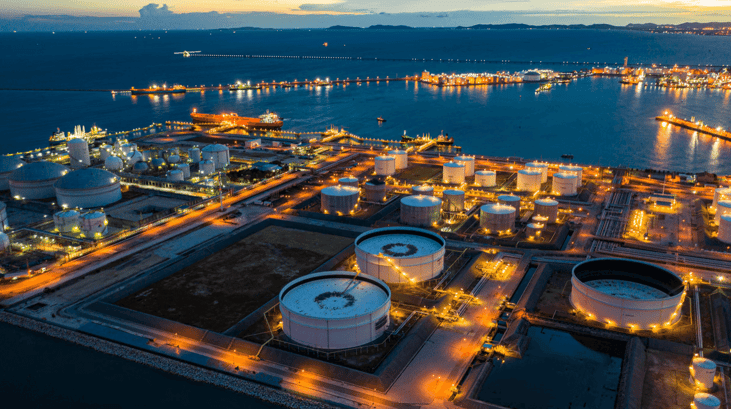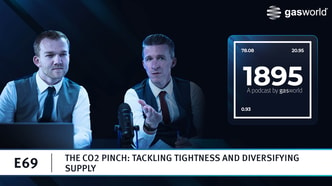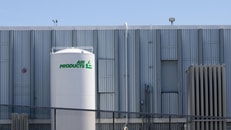Methane capture could cut heating and boost natural gas, says IEA
Methane (CH4) abatement could have unlocked nearly 100 bcm of natural gas for use in 2024, according to the latest Global Methane Tracker report from the International Energy Agency (IEA).
It found around 200 bcm of methane was emitted by the fossil fuel sector in 2024 and a further 150 bcm of natural gas was flared.
... to continue reading you must be subscribed
























